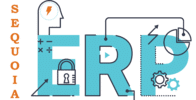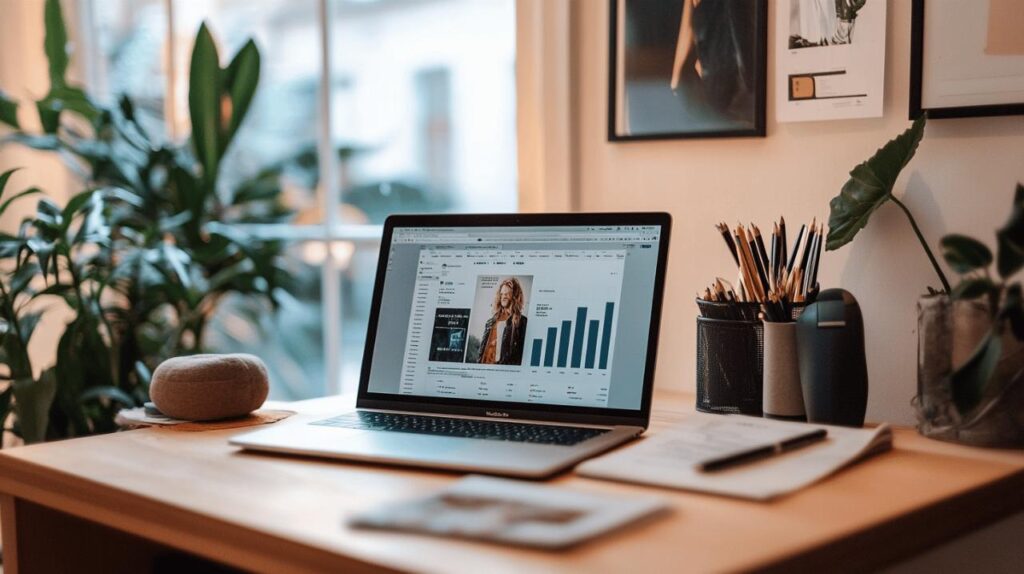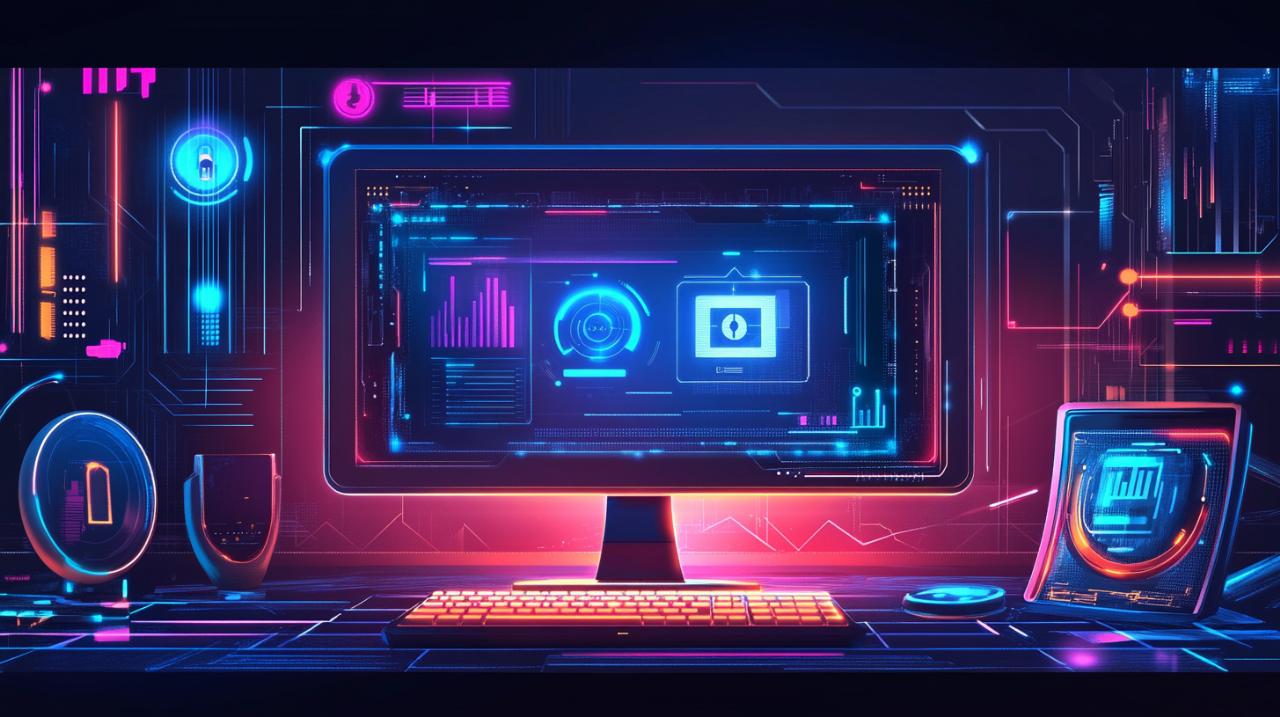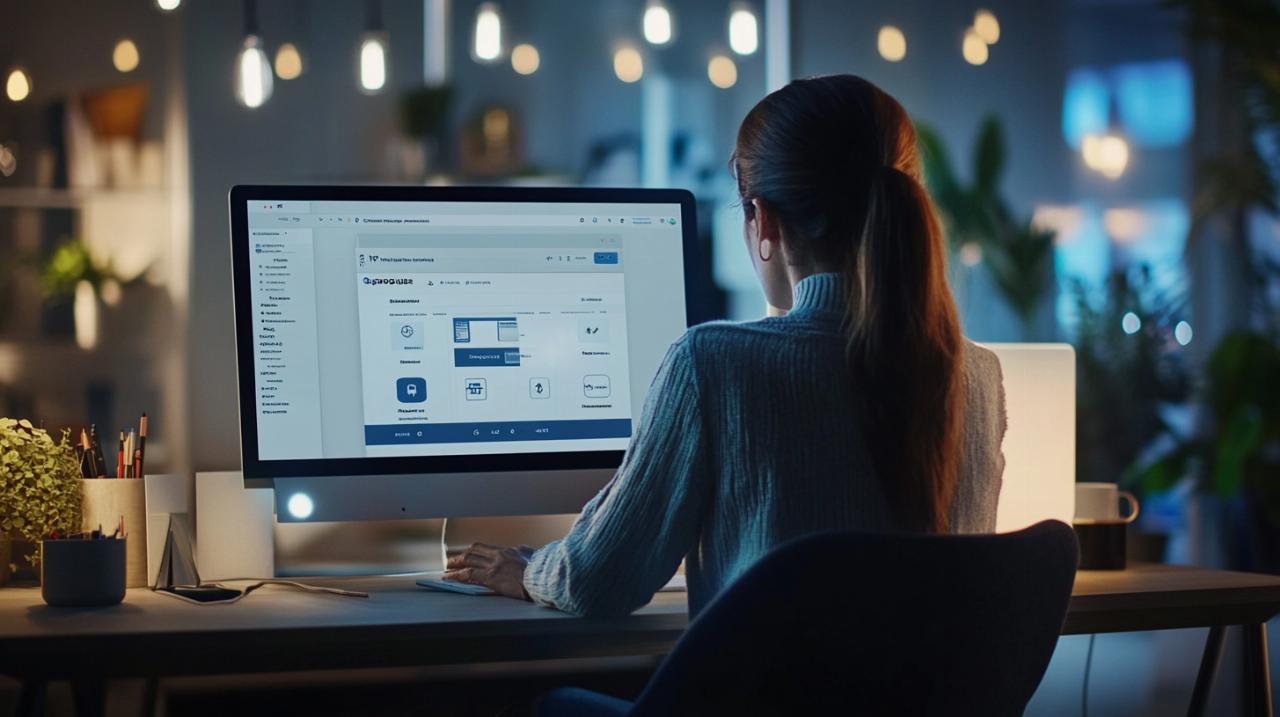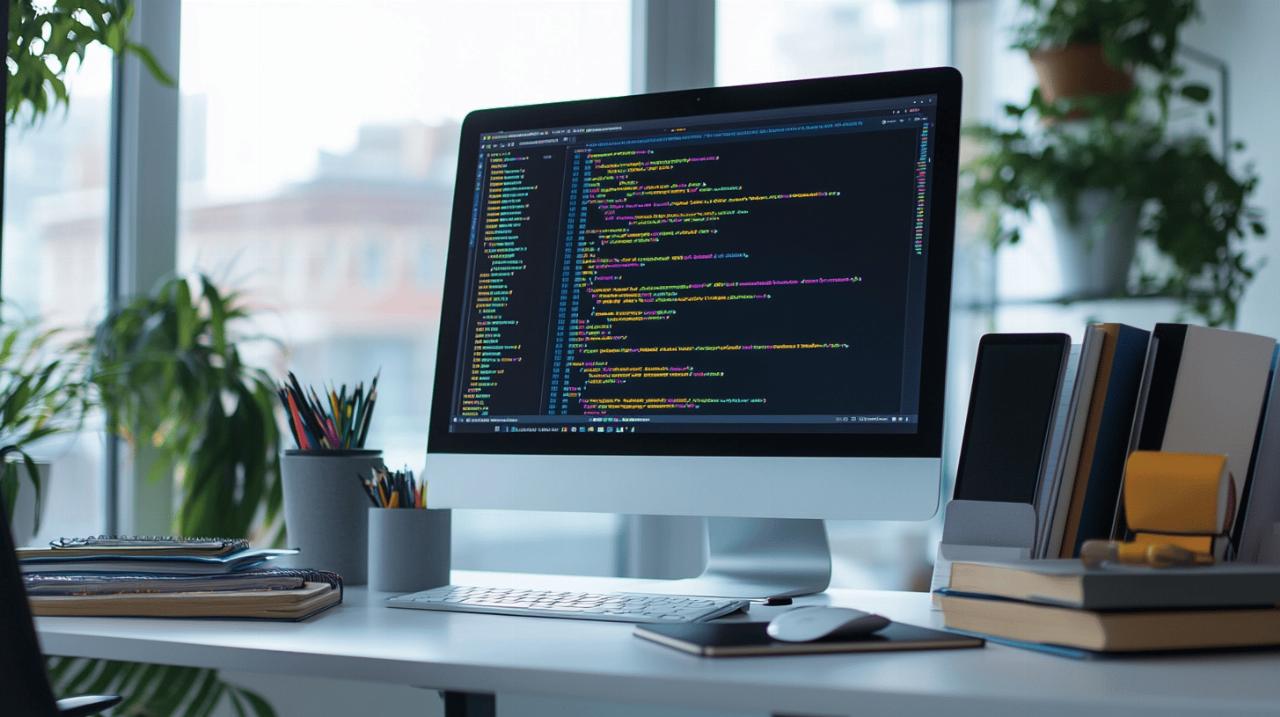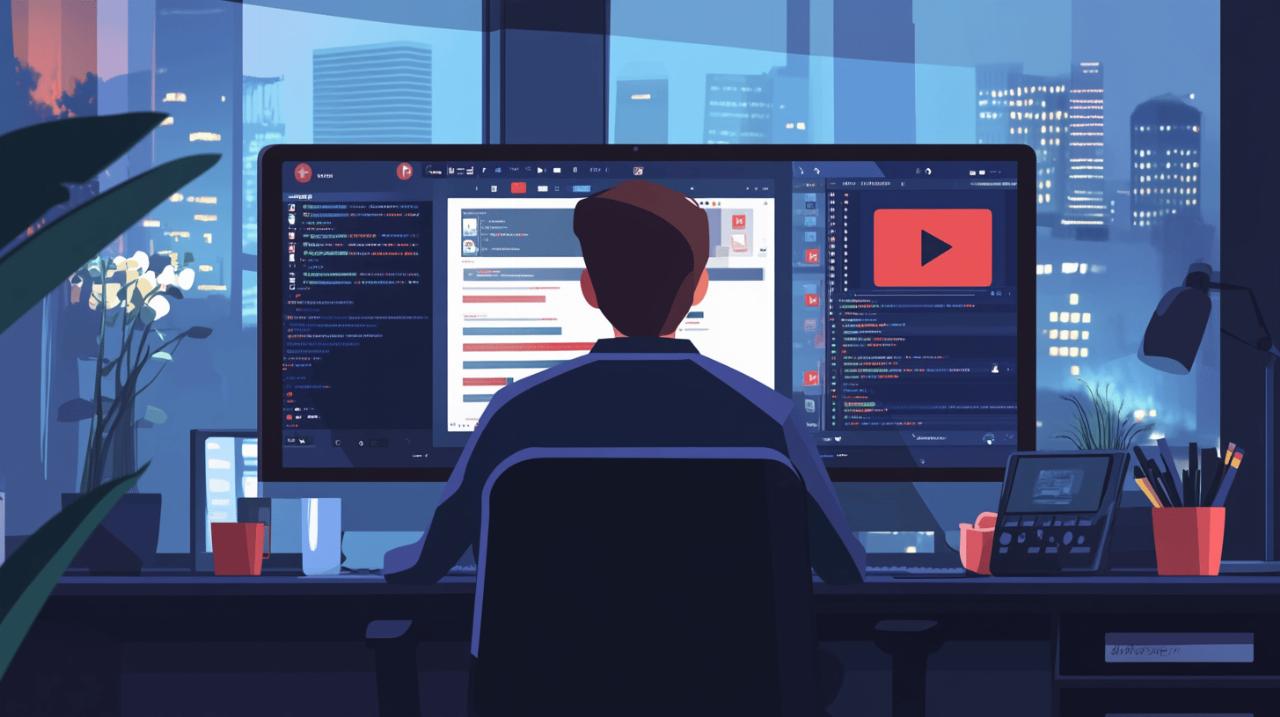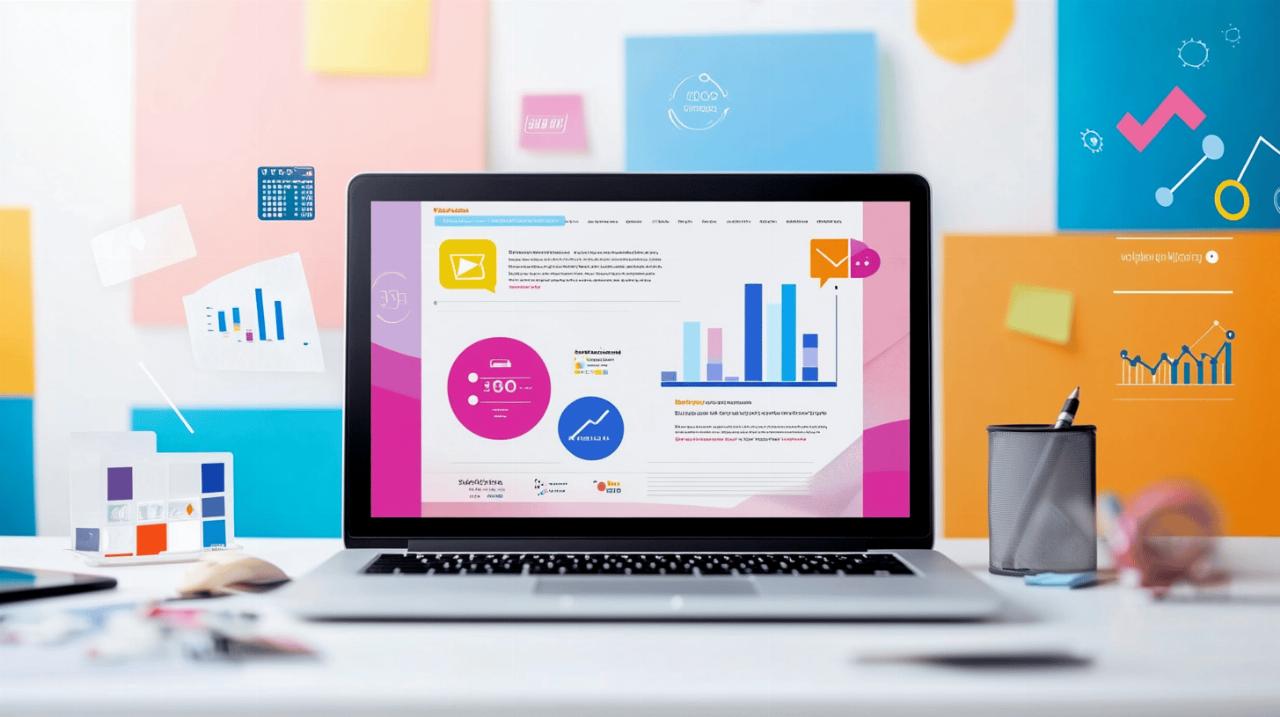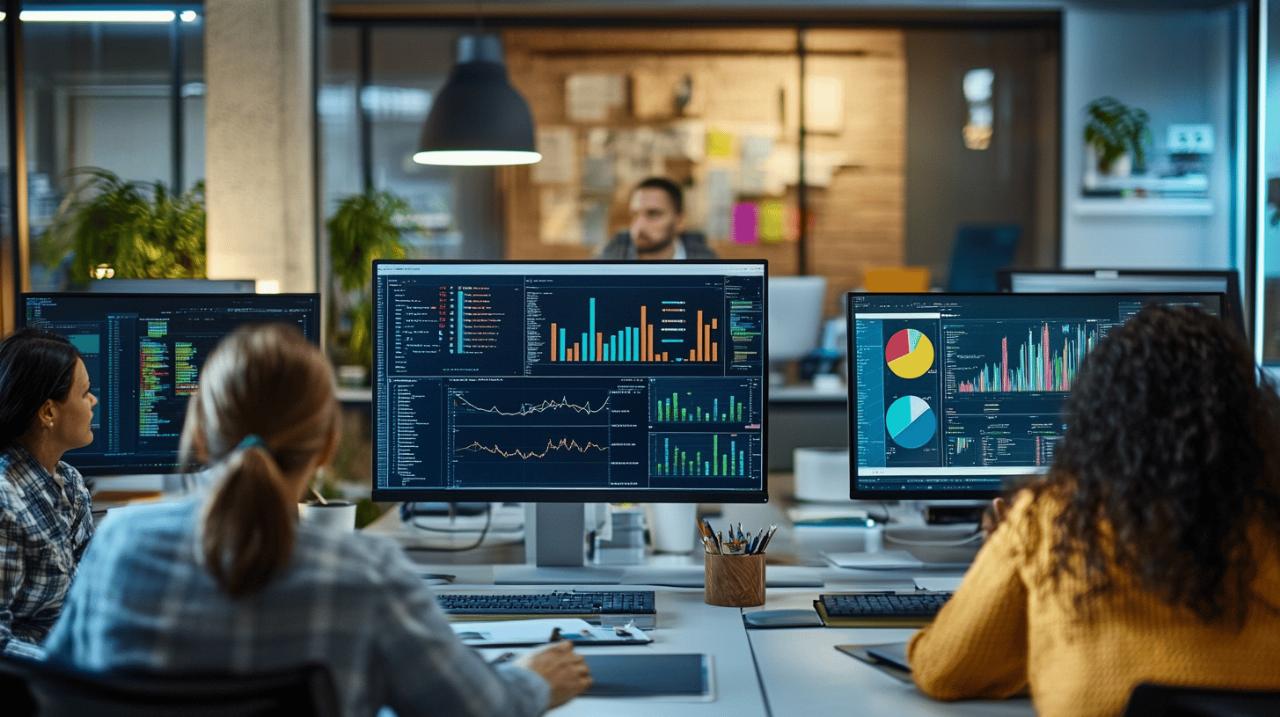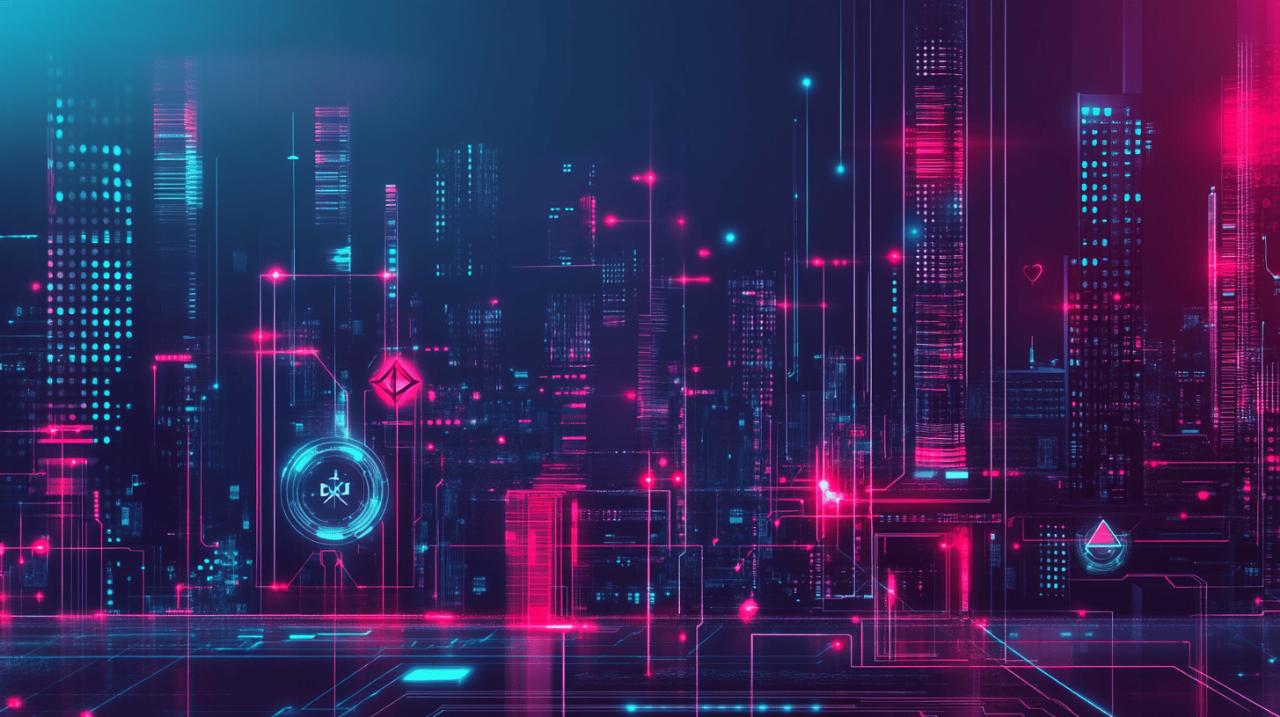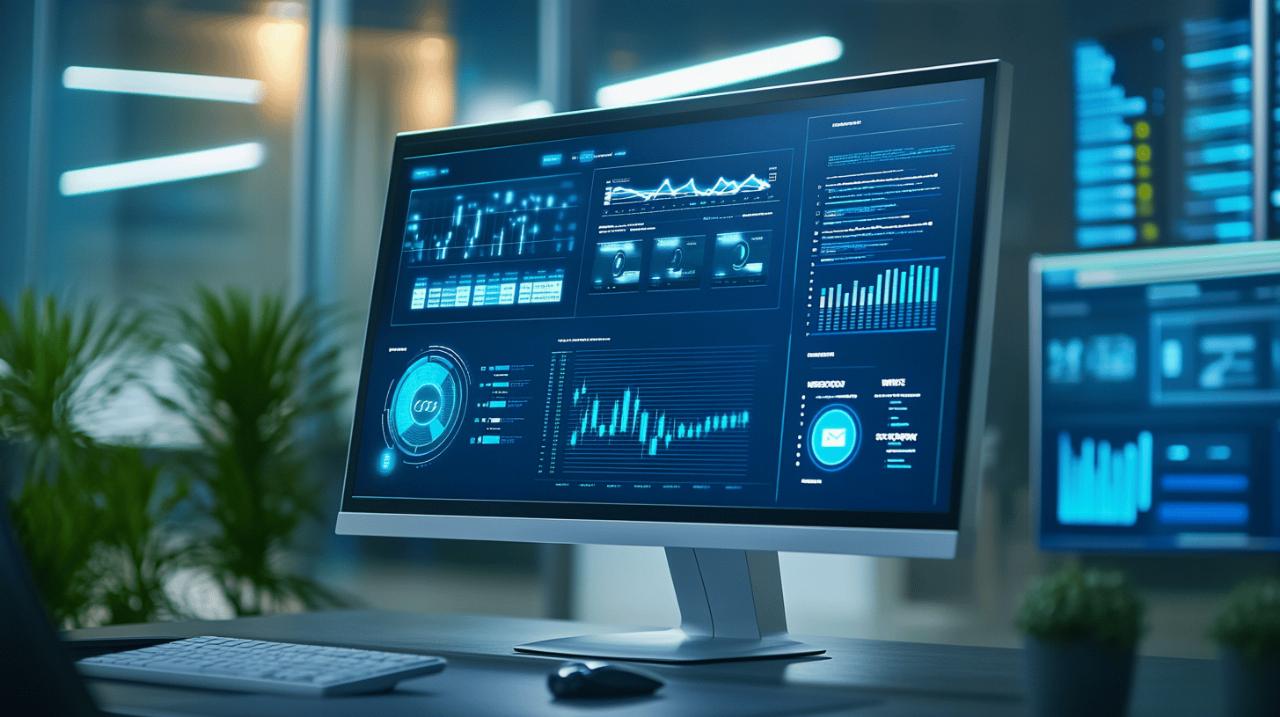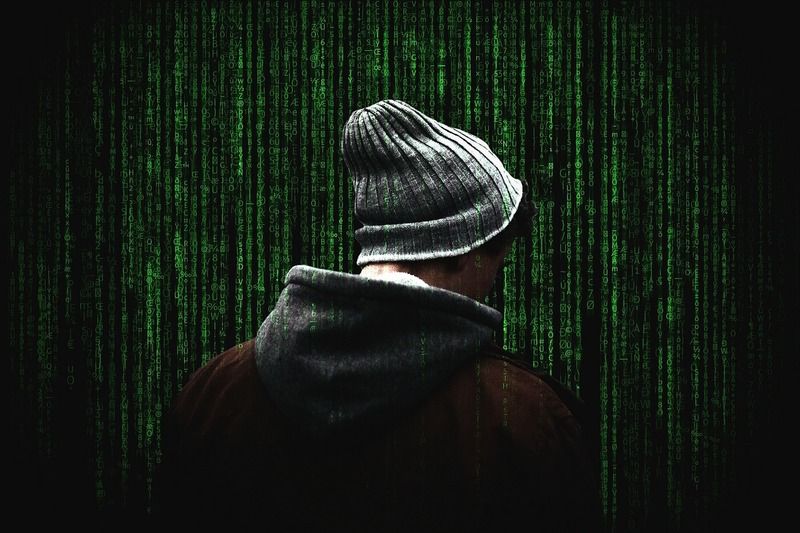In the competitive world of fashion blogging, your visual aesthetic can make or break your success. The digital landscape of 2023 demands not just stylish outfits but professionally edited images that capture attention in crowded feeds. Mastering photo editing tools has become an essential skill for fashion bloggers looking to build a distinctive brand and attract a loyal following.
Mastering visual identity through photo editing
Visual quality is the cornerstone of fashion blogging success, with studies showing that 46% of users judge a website's credibility based on its appearance alone. Developing a cohesive visual identity through strategic photo editing helps establish your brand and keeps your audience engaged across platforms.
Selecting the right editing software for your blogging style
Choosing appropriate editing tools that align with your creative vision is crucial for fashion blogging. Professional photographers often rely on Adobe Photoshop and Lightroom for comprehensive editing capabilities, while alternatives like Capture One, GIMP, and Colorcinch offer various features at different price points. The key is finding software that supports your specific needs—whether you're focused on color correction, creating composite images, or making subtle adjustments to showcase fashion details.
Creating signature presets to maintain visual consistency
Developing custom presets is a game-changer for establishing a recognizable visual identity. By creating a signature editing style with consistent color palettes (ideally using 3-5 core colors), you can ensure your content remains instantly recognizable across all platforms. These presets save valuable time during your workflow while helping you maintain the distinctive aesthetic that sets your fashion blog apart from competitors.
Technical skills that elevate fashion content
Fashion blogging in 2023 requires more than just a good eye for style—it demands technical expertise that helps your content stand out in a crowded digital landscape. Visual quality is paramount, with studies showing 46% of users judge a site's credibility by its appearance. Mastering photo editing techniques has become essential for fashion bloggers looking to build a distinctive visual identity and engage their audience effectively.
Understanding color theory and its impact on fashion photography
Color theory is a fundamental skill that can transform ordinary fashion photography into compelling visual stories. Developing a consistent color palette (typically 3-5 colors) creates a recognizable brand aesthetic that followers can instantly identify. Professional photo editing software like Adobe Photoshop, Lightroom, and Colorcinch allow you to adjust white balance to control an image's temperature, enhance vibrance, and fine-tune saturation to make fashion pieces pop while maintaining a cohesive look across your content.
When retouching fashion photography, it's vital to balance enhancement with authenticity. Adjust exposure and contrast to ensure proper brightness and depth, but avoid over-editing that might distort the true appearance of garments. For fashion bloggers serious about color manipulation, shooting in RAW format provides maximum control during the editing process, allowing subtle adjustments that maintain the integrity of fabric textures and colors while creating your signature visual style.
Mastering composition techniques for eye-catching outfit posts
Composition is what separates amateur outfit photos from professional-looking fashion content. Strategic cropping helps clean up images and focuses attention on key elements of an ensemble. Learning to use the rule of thirds, leading lines, and framing techniques creates visually interesting outfit posts that naturally draw the viewer's eye to important details.
Tools like the Pen tool and Brush tool in Adobe Photoshop allow fashion bloggers to isolate subjects, create clean backgrounds, and emphasize specific elements of an outfit. Ghost mannequin techniques and clipping paths can transform e-commerce-style photography into editorial-worthy content. When planning your fashion shoots, consider how composition will translate across different platforms—what works for your blog might need adjustments for Instagram, where micro-influencers with 10,000-100,000 followers drive high engagement rates. By posting consistently (at least 11 times monthly) with thoughtfully composed images, you'll build a distinctive photographic style that enhances your fashion blog's visual identity and attracts a dedicated following.
Cross-platform content optimization strategies
Fashion blogging success in 2023 requires more than just great style—it demands strategic content optimization across different platforms. With visual quality being a key factor (46% of users judge a site's credibility by its appearance), mastering photo editing tools and cross-platform optimization is essential for standing out in the crowded fashion blogging space. Creating a cohesive visual identity with a distinctive photographic style not only builds brand recognition but also increases engagement across your digital presence.
Tailoring image dimensions for different social media platforms
Each social media platform has unique image dimension requirements that can make or break your visual impact. Instagram, crucial for fashion bloggers, favors square (1:1) and portrait (4:5) formats for feed posts, while Instagram Stories require 9:16 ratio images. Facebook accommodates multiple formats but performs best with 1.91:1 ratio for link shares. When creating content for multiple platforms, using professional photo editing software like Adobe Photoshop or Colorcinch can help maintain visual consistency while adapting to different format requirements. Fashion bloggers should prepare image templates for each platform to maintain their distinctive aesthetic across all channels. This optimization strategy is particularly important as micro-influencers (10,000-100,000 followers) drive high engagement rates and can earn between 200-4,000 euros per brand collaboration.
Batch editing techniques to streamline your workflow
Efficiency is key for fashion bloggers aiming to publish 11+ monthly posts to boost traffic and visibility. Batch editing—processing multiple photos using the same editing style in a single session—can dramatically reduce time spent on post-production. Start by creating custom presets in tools like Adobe Lightroom or Capture One that reflect your unique visual style with consistent color palette (3-5 colors). Group similar photos taken under the same lighting conditions and apply your preset as a starting point, then make minor adjustments as needed. For e-commerce-ready fashion content, specialized tools can handle tasks like ghost mannequin effects, neck joints, and shadow creation. Consider using workflow management tools like Plaky to organize your content calendar and track editing progress. This streamlined approach allows you to maintain high-quality visual content while focusing on diversifying topics across news, tips, and trends—essential elements for growing your fashion blog in 2023. Remember that retouching represents about 50% of a photographer's work, so investing time in mastering batch editing techniques pays dividends in consistency and productivity.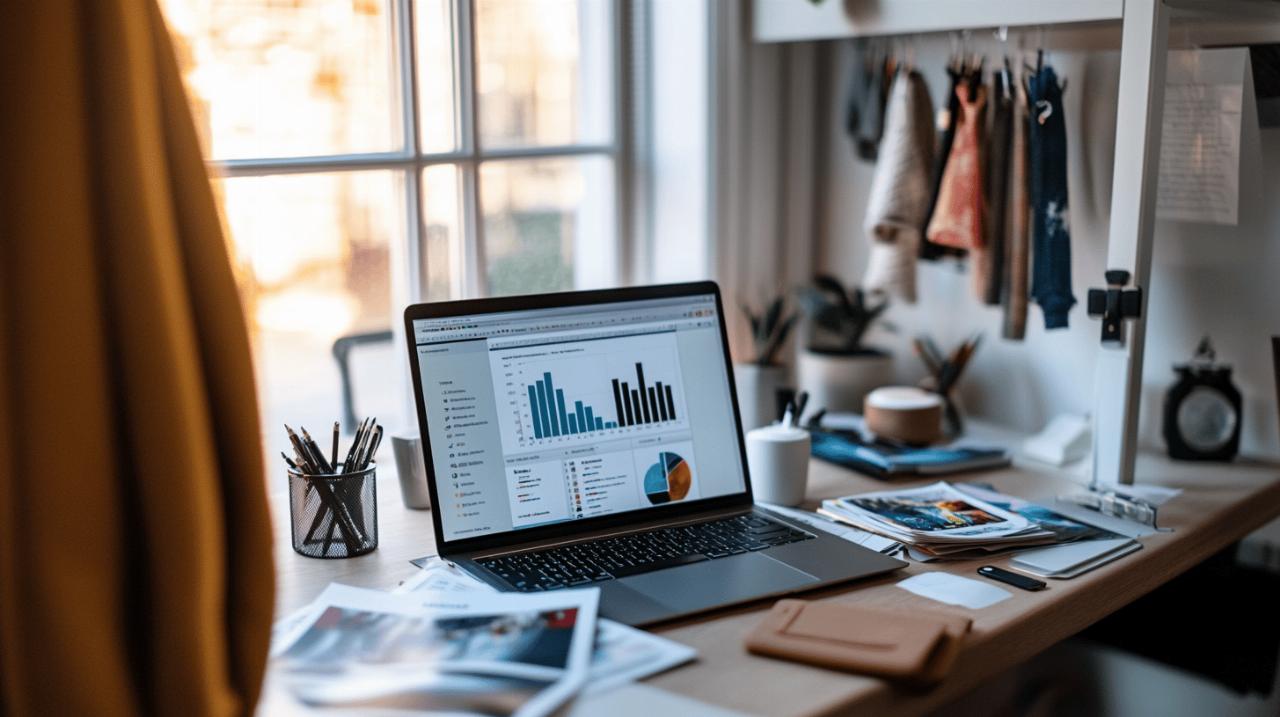
Advanced editing techniques for fashion storytelling
Fashion blogging in 2023 demands more than just good writing skills—it requires mastering visual storytelling through sophisticated photo editing. As visual quality directly impacts your blog's credibility (with 46% of users judging a site based on appearance), developing advanced editing techniques is essential for creating a distinctive photographic style that captivates your audience.
Creating mood and atmosphere through targeted adjustments
The art of fashion storytelling relies heavily on your ability to evoke specific moods and atmospheres through your images. Start by selecting professional editing software like Adobe Photoshop, Lightroom, or Colorcinch—tools that offer comprehensive capabilities for fashion photography enhancement. When approaching your edits, focus on these targeted adjustments:
White balance manipulation is crucial for controlling your image's temperature, allowing you to create warm, inviting tones for summer collections or cool, dramatic moods for avant-garde pieces. Mastering exposure and contrast adjustments helps establish proper brightness and depth, essential for highlighting texture and detail in garments.
Vibrance and saturation controls enable you to enhance colors strategically—emphasize certain elements while maintaining skin tones and fabric textures realistically. For fashion bloggers looking to develop a signature look, creating a consistent color palette (typically 3-5 colors) across your images strengthens your visual identity and makes your content instantly recognizable.
Consider shooting in RAW format to maximize your editing potential, giving you greater control during post-processing. Remember that retouching constitutes approximately 50% of the photographer's work, making it a vital component of your content creation process rather than an afterthought.
Ethical editing practices in fashion blogging
While powerful editing tools offer nearly limitless possibilities, maintaining ethical standards in your fashion imagery is paramount for building authentic connections with your audience. The golden rule of fashion photo editing is simple yet often overlooked: don't overdo it. Excessive retouching can create unrealistic body standards and misrepresent products—ultimately undermining your credibility.
Focus instead on enhancements that showcase the clothing and accessories accurately while creating visually appealing imagery. Cropping helps clean up compositions and directs attention to your subject without altering reality. Master tools like the Pen tool and Brush tool in Photoshop for precise selections and adjustments rather than dramatic transformations.
When developing your editing style, decide whether you prefer natural modifications that enhance existing elements or more creative approaches that express artistic vision. Both approaches can be valid when executed transparently and consistently. The key is finding balance—use editing to elevate your fashion storytelling while maintaining authenticity.
To stand out among the growing number of fashion influencers, consider how your editing choices reflect your unique perspective. Micro-influencers (with 10,000-100,000 followers) often achieve higher engagement rates by developing distinctive visual styles that resonate authentically with niche audiences. This approach not only builds community trust but can lead to monetization opportunities, with micro-influencers earning between €200-4,000 per brand collaboration.
By mastering advanced editing techniques while adhering to ethical practices, you'll create compelling visual content that strengthens your position as a relevant fashion blogger in 2023's competitive landscape.
